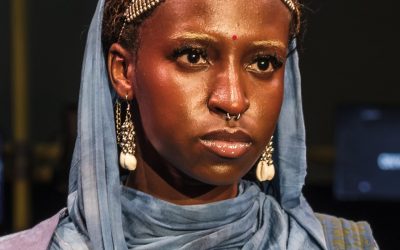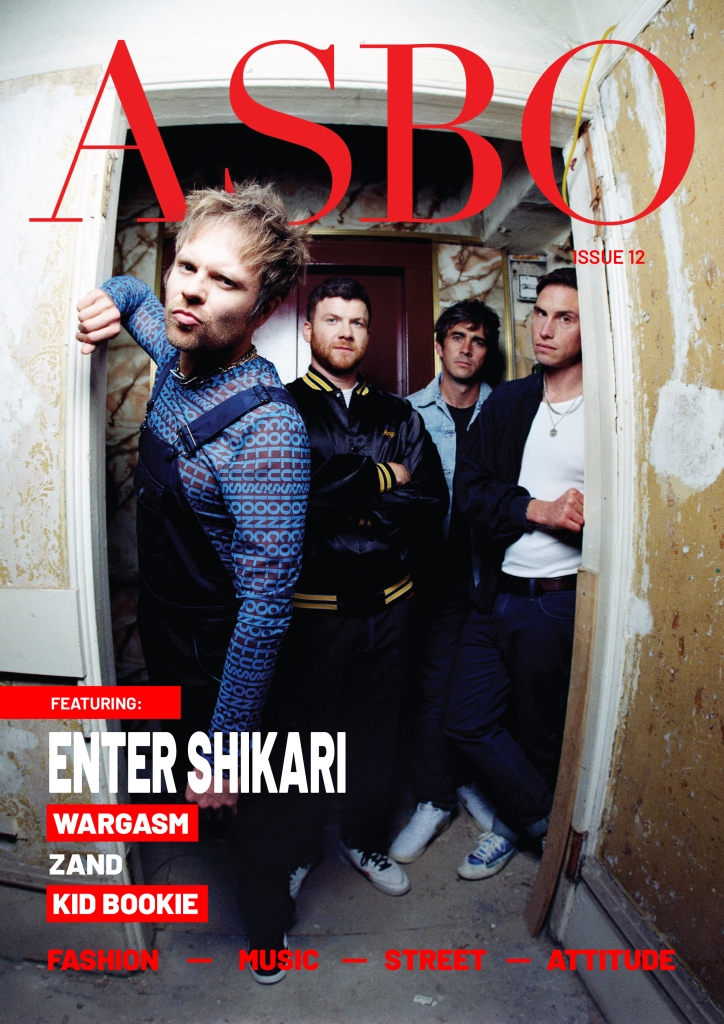DATE: 26th February 2024. PLACE: IFM campus. TIME: 14.00
The IFM show has been granted the closing spot on the Paris Fashion Week calendar, and the exposure has generated momentum. Across menswear, womenswear, knitwear and textiles for fashion, the show reflected the course’s emphasis on individuality and experimentation, underpinned by rigorous research and design development. The way these young creative talents, as future designers, look at fashion, makes this presentation an important part of this Paris fashion week. At a time when creation is being shaken up all over the world, this graduate show comes as a breath of fresh air. The sound of creation can be clearly heard emanating from the Cité de la Mode et du Design.
Kira Zander

Kira Zander

Kira Zander

Mahmood Al Safi

Collection: Karaoke Culture
Mahmood Al Safu’s collection, titled “Karaoke Culture”, is a tribute to fashion’s transformative power. The inspiration source is reflected in a multitude of ways. If, on one hand, his collection is filled with indistinctively blended references from the last five decades, on the other it’s also oddly specific. Citing Joseph Beuys’s felt suit from 1970 as an important reference point, the Iraquian designer takes interest in the proportions that contribute to its “deliberate awkwardness.” To Al Safi, distortion is the name of the game. “I found inspiration in the construction of a paper delivery bag—an ever-present yet often overlooked everyday item.” Through the use of unlikely materials, such as paper, vinyl, old VHS tape, old telephone cables, the designer debuts an idiosyncratic aesthetic.


Chiara Moscatelli

Chiara Moscatelli

Chiara Moscatelli
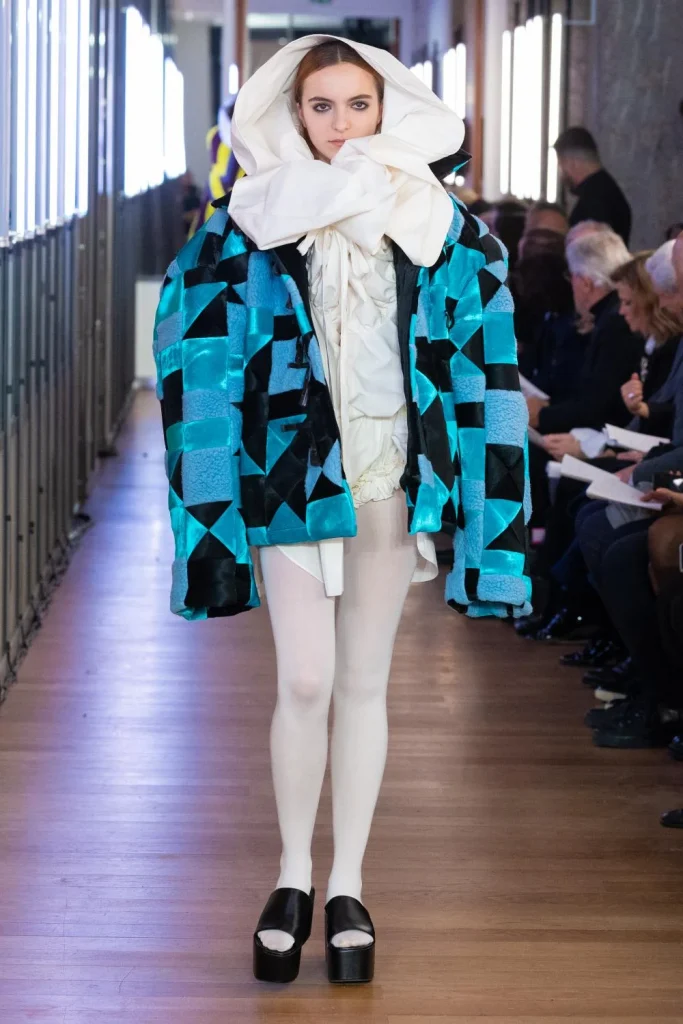
Yannis Francillon
In Yannis Francilion’s world, the normal is abnormal. Trousers are shirts. Shirts are dresses. Blankets become raincoats. Titled “La Dégaine,” his graduate collection reinvents the everyday to make it peculiar. “The collection is worn and worn out, sometimes even consumed. Imperfection becomes perfection, with misplaced pockets creating tension and drape, traces of wear, unraveled hems at the bottom of sleeves.” Individuality is elevated as the ultimate expression of the self. Expert at the art of transmuting, Francillon makes tailoring a synonym for workwear. In his words, “the mannequins embody a look and « une dégaine » so singular, a symbol of individuality and personal expression.




Collection: La Dégaine


Younes Benbousselham

Younes Benbousselham

Younes Benbousselham

Enrico De Marchi



Collection: Transumanza
In Enrico De Marchi’s collection, life imitates art. The Italian designer builds parallel to his journey, taking inspiration from Italian cowboy communities that move from one territory to another to care for their herds. Titled “Transumanza,” the collection is a visual representation of the designer’s journey. “I saw in this process my personal experience of moving from rural Tuscany to the metropolis of Paris.” By “hybridizing the Butteri culture with that of the Parisian businessman,” De Marchi creates an idiosyncratic visual language. Classic tailored business suits twist to “echo the pose of a person on horseback.” Utilitarian leg covers transform into “flamboyant chaps,” “cowboy duster coats” into “refined raincoats.” Deadstock leather and Mongolian sheep hides give a Western twist to utilitarian accessories, such as backpacks and laptop cases.


Ruben Arnaldo Gollin

Ruben Arnaldo Gollin

Ruben Arnaldo Gollin

Jude Macasinag

Jude Macasinag

Jude Macasinag

Kim Hyung
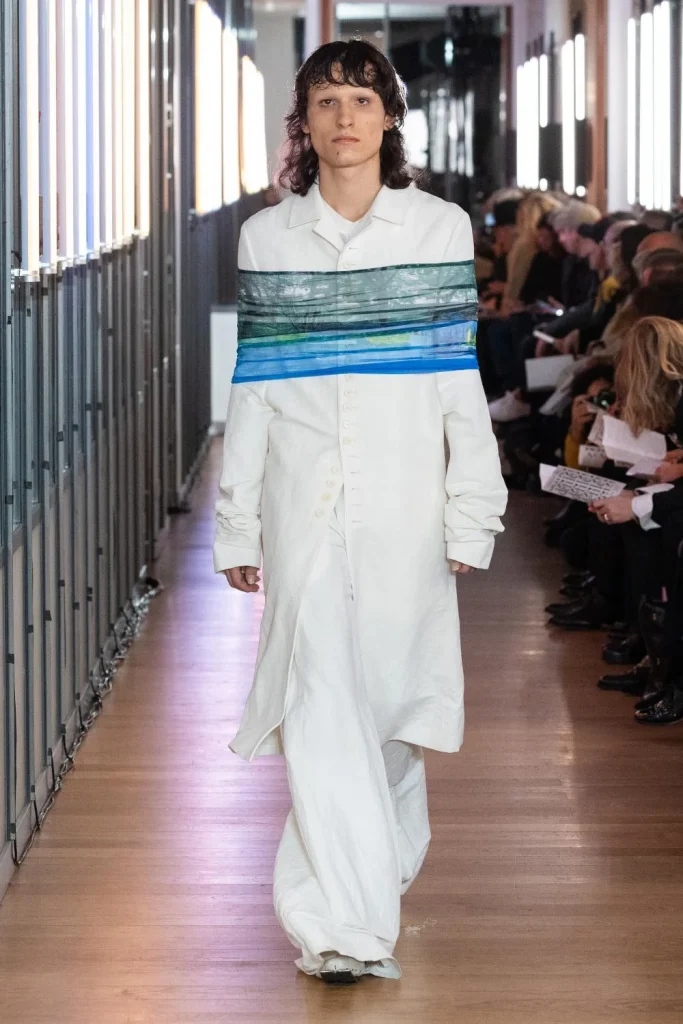
Kim Hyung
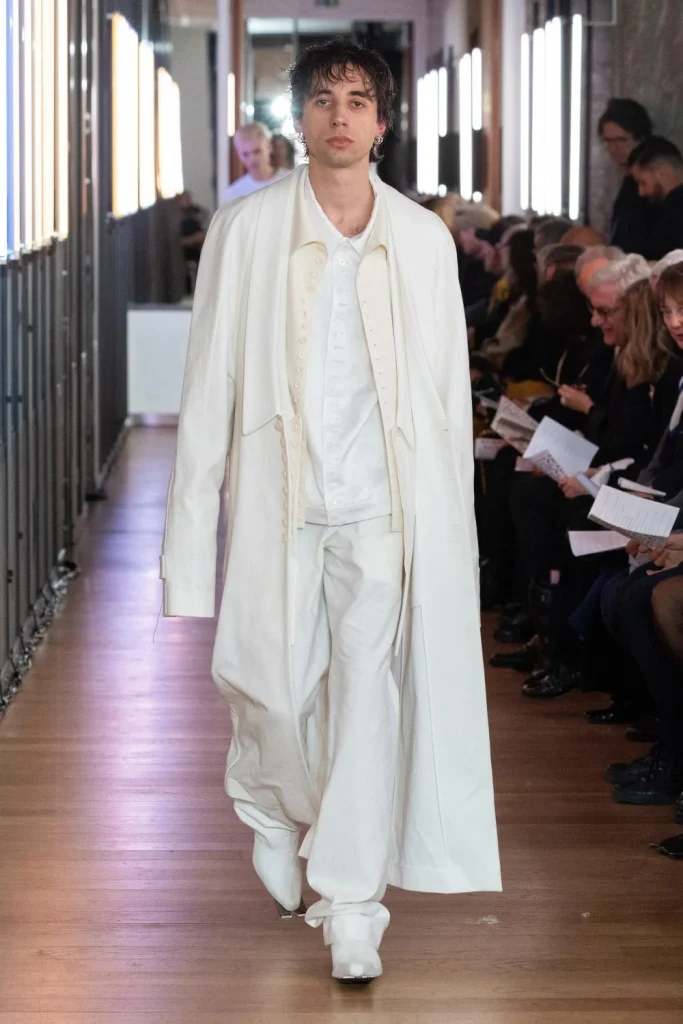
Kim Hyung
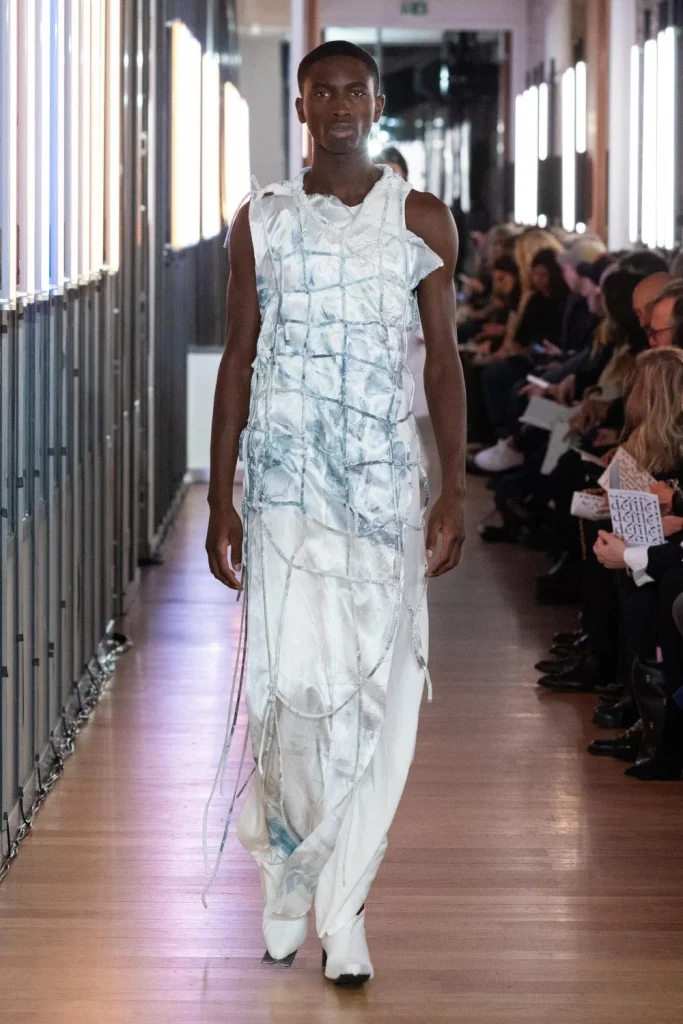
Esther Vervliet
“I wanted to recreate body postures related to shyness, but also translate the internal sensations and emotions it causes.” Stirred up by Esther Vervliet’s intimate thoughts, “Facepalm” is a beautifully introspective collection. “I was inspired by Bodymap, a collective artwork created by the Bambanani Women’s group consisting of real-size bodies where women suffering from HIV represented their wounds and emotions, linked to their sensations and the history of their body.” Vervliet does exceptional work at materializing her vision. “Through my different knit techniques, I explored the various sensations that I link to shyness: my puffy yarn technique is a way of getting protected and my smock rib is translating the sensations of having all the eyes on us.” The young designer projects her graduate collection as an homage to “those people who doubt themselves, and also to show how funny and poetic it can be to be shy. Through various techniques, volumes and colors, I try to represent the inner life of shy people that they often need to hide.”


Collection: Facepalm

Cécile Bousselat

Cécile Bousselat
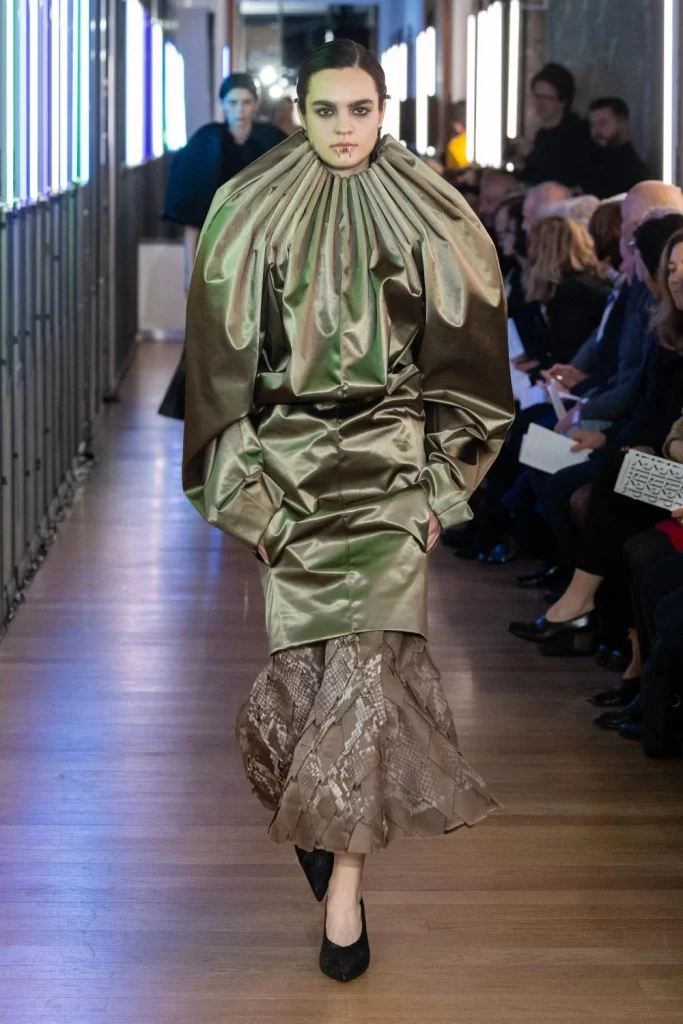
Cécile Bousselat




